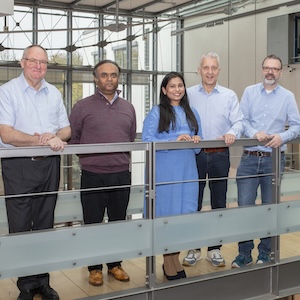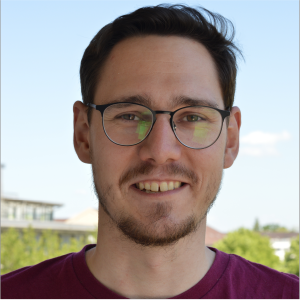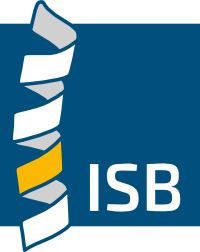Institute of Structural Biology
University of Bonn
Welcome to our Institute! We are interested in the structure–function relationship of biological macromolecules. We use molecular biology techniques, biochemistry, biophysics, X-ray crystallography and cryo electron microscopy to investigate biological phenomena at atomic resolution.

New paper in Blood
Together with Sneha Singh, Arijit Biswas and Johannes Oldenburg from the Institute of Hematology, Gregor and Matthias determined the first structure of the A and B subunits of Factor XIII. This tetrameric protein complex plays an important role in blood coagulation and is linked to many bleeding disorders. Using single particle cryo-EM, we were able to resolve the FXIII-A2B2 complex at 2.4 Å resolution. Read all about this exciting story here....

New paper in Cell Chemical Biology
Congratulations to Jan Gerhartz, Dominika Pieńkowska, Ina Dressel and Thomas Geiger on a paper in Cell Chemical Biology.
An engineered cereblon optimized for high throughput screening and molecular glue discovery - now in Cell Chemical Biology. Congratulations Jan Gerhartz, Dominika Pieńkowska, Ina Dressel and Thomas Geiger.
CRBN is one of the most popular E3 ligases in the Targeted Protein Degradation space, but it requires a complex with adapter protein DDB1 to express well. This new soluble CRBN construct enables, high yield expression, rapid screening for novel CRBN binders and can also be used for CRBN interactome assessment with molec...

Review on Covalent PROTACs
Congratulations to Thomas Geiger on a new Book Chapter published in Annual Reports in Medicinal Chemistry. Proteolysis targeting chimeras (PROTACs) are hetero-bifunctional molecules that recruit E3 ubiquitin ligases, resulting in polyubiquitination and proteasomal degradation of disease-causing proteins. PROTACs consist of a binder to an E3 ubiquitin ligase connected with a linker to a small molecule, which can recruit protein of interest. Their design makes them modular, and historically majority of the E3 or target binders were reversible small molecules. In recent years, multiple covalent approaches have been utilized in development of PROT...



